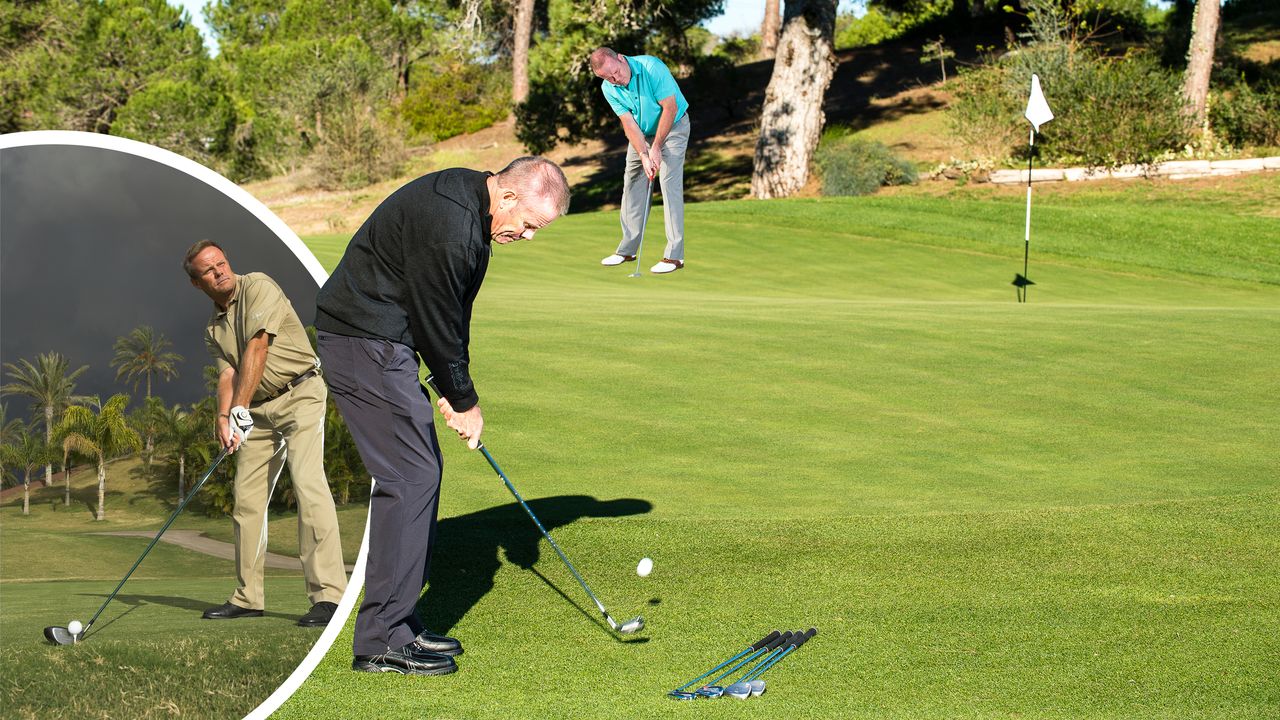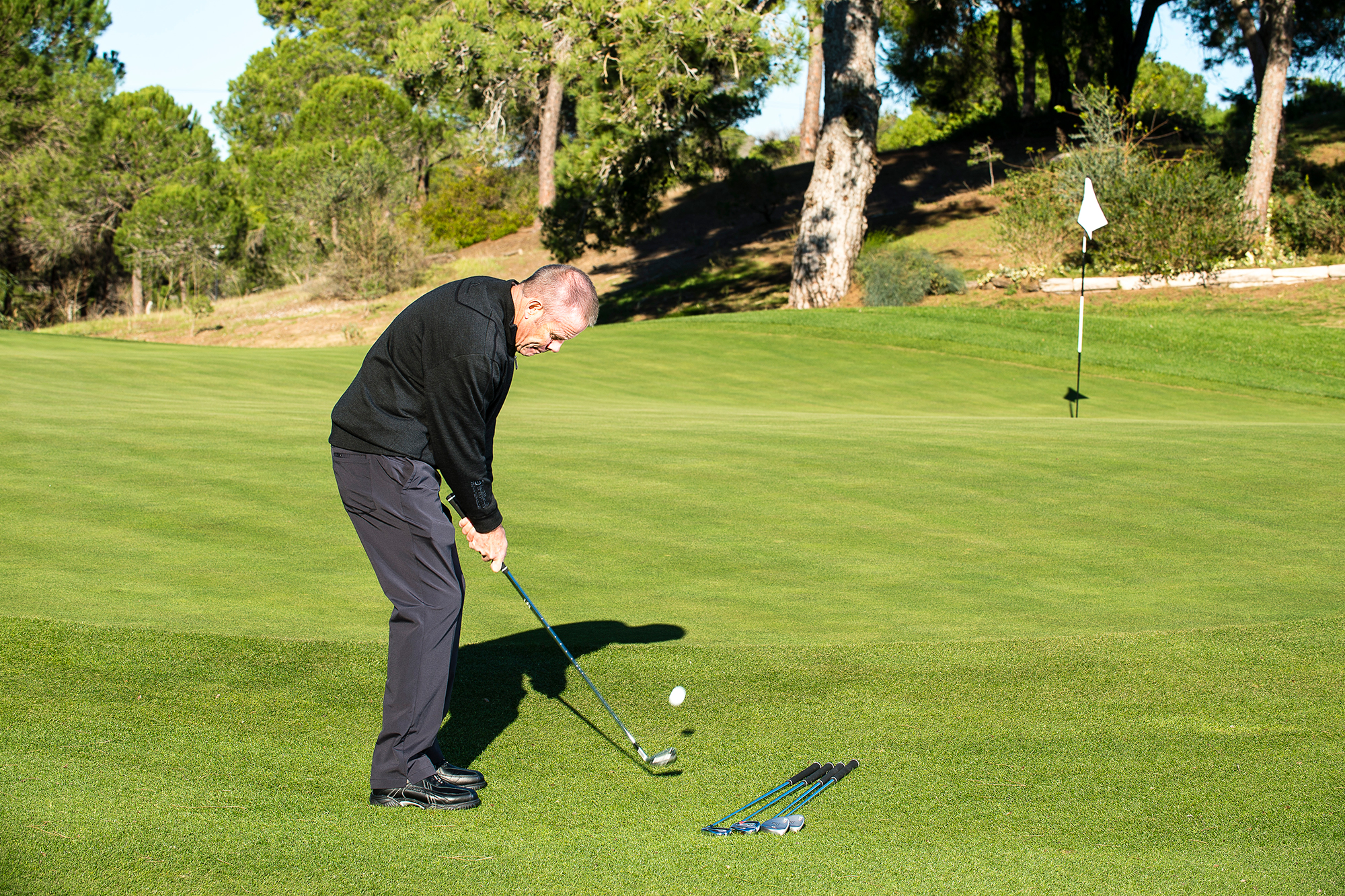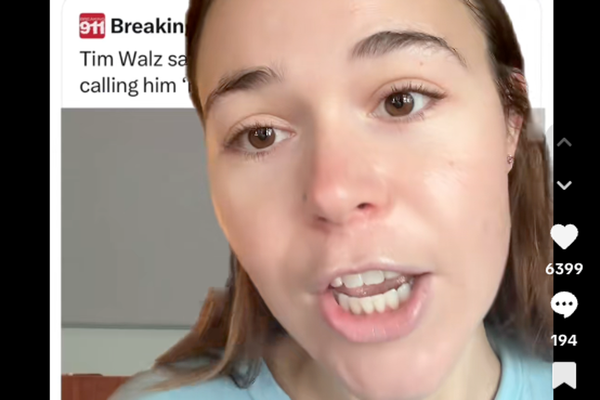
Over the course of my professional coaching career, spanning more than 50 years, I have delivered somewhere in the region of 100,000 golf lessons – and in all likelihood there have been far more.
I've covered every aspect of the game you can think of, like mastering the perfect golf grip and how to achieve a centred strike with driver, consistently utilising a personalised selection of the best golf drills to help amateurs shoot lower scores.
It would be impossible to share everything I’ve learned (and taught) in just one article, but I can offer you what I believe are three crucial lessons that every amateur golfer needs to know...
1. Setup And Play For Your Natural Shot Shape
Very few amateurs hit the ball dead straight, but interestingly many tee it up in the centre of the tee box and aim down the middle.
If your typical shot shape looks more like a draw or a fade, I would suggest using the tee box to your advantage to increase your chance of avoiding trouble.

If you hit the ball left to right (for a right-handed golfer), tee it up on the right side of the tee box to open up the fairway. If you prefer to move the ball right to left, do the opposite and tee up towards the left.
Set up to hit towards a target on the left of the fairway for a fader, or the right of the fairway for those who hit a draw. The target should ideally be a bunker or a tree 200 to 220 yards away. Trust your shape and you should end up in the middle of the fairway.
2. Chip Like You Are Putting With Loft
This is something I heard from the great Masters Champion Ray Floyd years ago, and it has stayed with me ever since.
When thinking about how to chip around the greens, for most club golfers, it would be sensible to do so as though you are ‘putting with loft’.
The stroke is very similar to a putt, with the wrists fairly firm, and all that changes is the club selection (and therefore the loft).
It’s still important to look at the lie, because this will determine the shot you need to hit, but for most shots sitting reasonably well around the green, I would just keep it simple.

Find the first available flat portion of green to land it on and work out how far it is to the hole. If you need to get it up and down quickly, you might choose something like a 54˚ wedge.
But if you have 30 yards for the ball to roll out, you can drop down to around a 7-iron. Get the ball on the flat part of the green as early as possible, allowing it to behave like a putt.
The perfect ball position is under the bridge of your nose and the stance is around 6ins wide.
Pull your left foot back, rather than splaying the lead foot, and move closer to the ball than you would for a normal iron shot to get the shaft more vertical.
In terms of weight distribution, place 70% on your lead side and all you need is a rock of the shoulders to get the ball rolling.
3. Perfect The Length Of Your Putting Stroke
Many club golfers have a very long backswing and a much shorter follow-through on the greens, when, in fact, you want the opposite.
When focusing on putting technique, I like to teach amateurs to curtail their backswing by using a book to stop them moving the putter back too far. Initially, they’ll clatter into it.

I then ask them to pause before hitting the book going back, then gently accelerate through the ball as they guide it towards the target.
I also ask them to consider what they’re happy leaving themselves if they miss. For example, if you know you can hole out most of the time from inside 30ins, use a 30in circle as your safety zone.
If you can hit all putts so the ball stops within that friendly circle if it misses, you’ll drastically reduce the number of 3-putts you record and improve your scoring.







